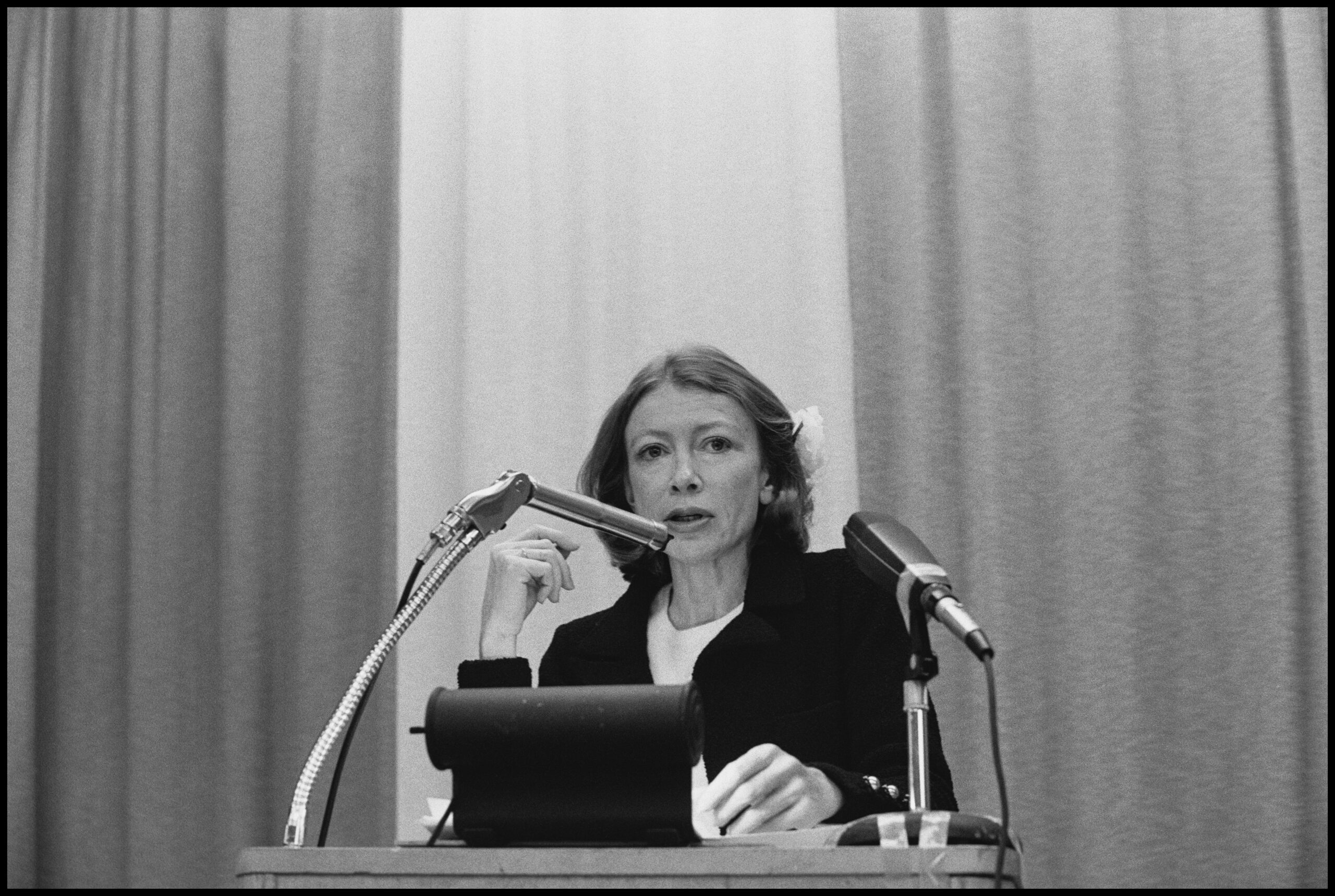The Anti-Warrior The Anti-Warrior
Christianity in this country has become almost synonymous with right-wing fanaticism, conservative politics and--courtesy of Mel Gibson--a brutally sadistic version of religious ...
Jun 24, 2004 / Books & the Arts / Dan Wakefield

The Searcher The Searcher
In 1965, nearly forty years before the publication of Where I Was From, her most recent and most sustained meditation on her native state of California, Joan Didion wrote “John Way...
Jun 24, 2004 / Books & the Arts / Hilton Als
Unfulfilled Promise Unfulfilled Promise
Jim Weinstein has spent most of his adult life writing about the failures and possibilities of the American left.
Jun 21, 2004 / Books & the Arts / Joel Rogers
By Way of Deception By Way of Deception
Not the judgment of film critics but the passage of time will decide whether Michael Moore's Fahrenheit 9/11 can change the world. Change, of course, is the whole purpose.
Jun 17, 2004 / Books & the Arts / Stuart Klawans
Advise and Consent Advise and Consent
Foreign policy is that rare field in which essay-writing matters.
Jun 17, 2004 / Books & the Arts / Scott L. Malcomson
By Any Means Necessary By Any Means Necessary
In June 1965 James Farmer, leader of the Congress of Racial Equality (CORE) and longtime champion of Gandhian nonviolence, arrived in Bogalusa, Louisiana, to support a desegregat...
Jun 17, 2004 / Books & the Arts / Mike Marqusee
Scenes From a Marriage Scenes From a Marriage
Conventional wisdom suggests Israelis and Palestinians are bitter enemies: two sides mired in a century-long conflict marked by violence, hatred and an unbounded reservoir of bru...
Jun 17, 2004 / Books & the Arts / Jonathan Shainin
Pimp My Bride Pimp My Bride
Reality TV gives marriage an extreme makeover.
Jun 17, 2004 / Books & the Arts / Jack Halberstam
Bourgeois Dystopias Bourgeois Dystopias
The suburbs don't feel suburban anymore.
Jun 10, 2004 / Books & the Arts / Eric Klinenberg
Le Gai Savoir Le Gai Savoir
"Paris is a very old story," Henry James wrote in 1878--so old, in fact, that it's hard to write about it without falling into clichés about chestnut trees, couture, freed...
Jun 10, 2004 / Books & the Arts / Brenda Wineapple
